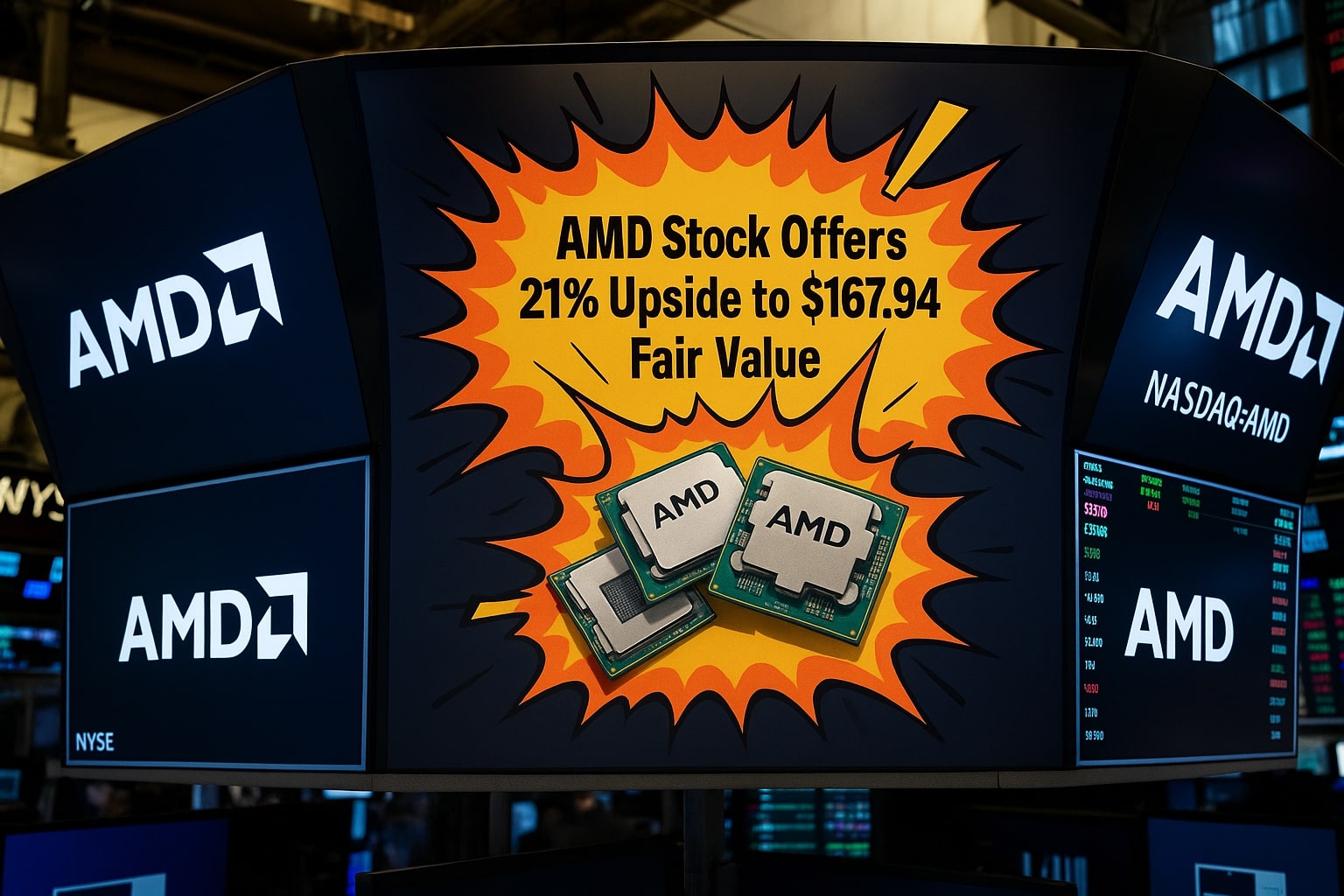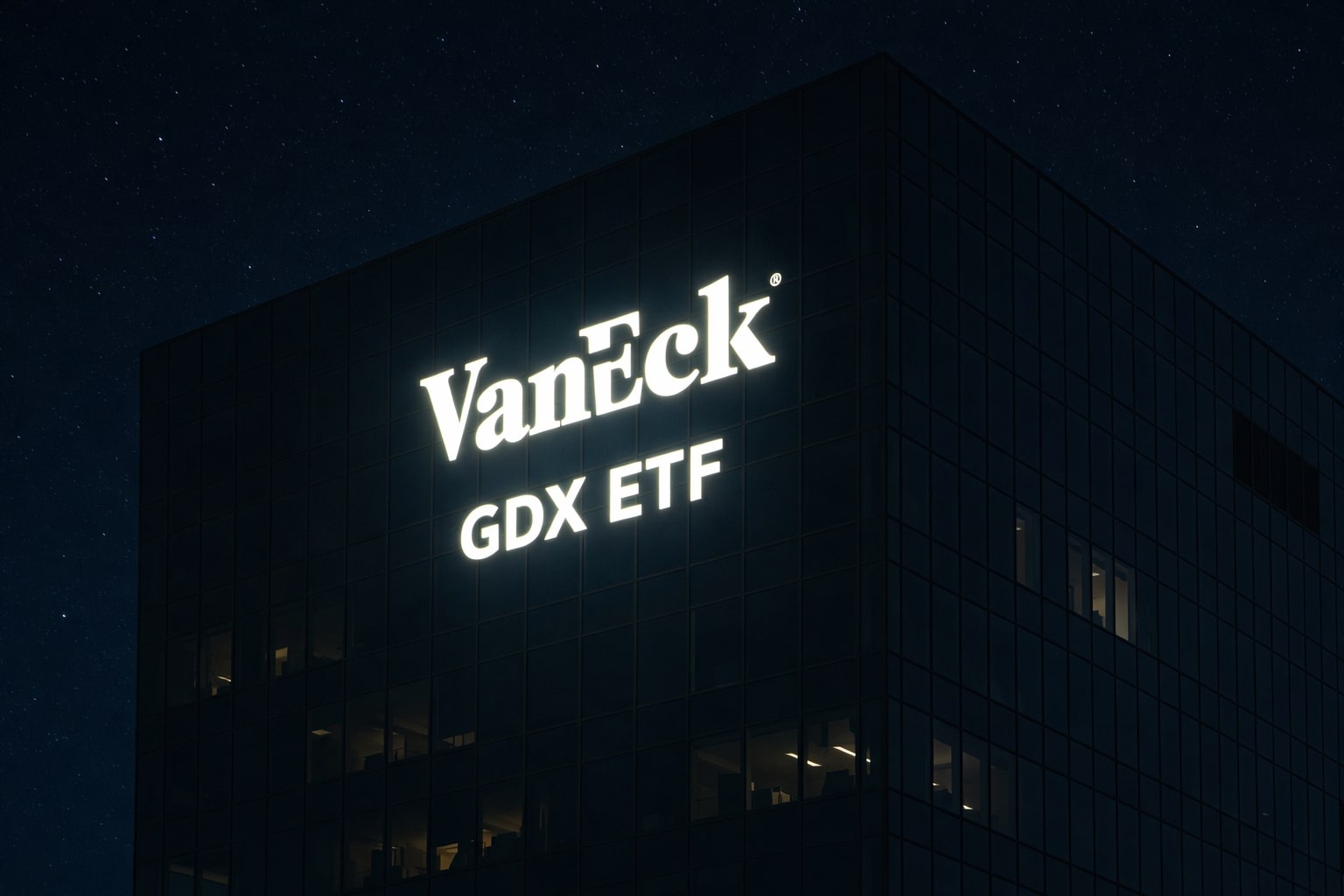
AMD Stock Rallies to $137.91 With 21% Upside Left—Valuation Faces 101x P/E Risk
AMD surges 60% in 3 months as AI and data center growth drive gains. At $137.91, upside to $167.94 remains—but frothy valuation warrants caution | That's TradingNEWS
AI Chip Momentum and Data Center Growth Drive NASDAQ:AMD Surge
Advanced Micro Devices (NASDAQ:AMD) has staged an aggressive rally over the past three months, soaring more than 60% and pushing its year-to-date gains to 14%. The rally is grounded in surging demand for AI chips and data center infrastructure. In Q1 2025, AMD reported $7.44 billion in revenue, marking a 36% year-over-year rise, driven by Instinct MI325X accelerators and its 5th Gen EPYC Turin processors. The Data Center segment alone grew 57% YoY to $3.7 billion, validating AMD's foothold in high-performance compute (HPC) infrastructure. Despite competing with NVIDIA’s entrenched AI presence, AMD has shown strong traction by partnering with top AI and hyperscale players. Seven of the top ten AI firms are now using AMD chips in some capacity.
Forward-Looking AI Roadmap and Product Pipeline for NASDAQ:AMD
AMD’s roadmap is packed with aggressive product launches aimed at strengthening its AI proposition. In late 2025, the MI355X will ramp production, targeting generative AI and large language model inference. AMD has already announced the MI400 series for 2026, boasting potential tenfold performance improvements over the MI300. Complementing the hardware stack is ROCm 7—its latest AI software suite that broadens GPU support to include mainstream Radeon models. Additionally, AMD Developer Cloud is offering remote access to Instinct GPUs and development tools, enabling broader AI ecosystem adoption. In the gaming and workstation segments, AMD introduced RDNA 4 architecture and Radeon RX 9000 GPUs, while also previewing Zen 5 CPUs with integrated NPUs for on-chip AI processing.
Valuation Tensions and P/E Risks for NASDAQ:AMD
AMD trades at a lofty forward P/E ratio of 101.09, raising red flags for valuation-focused investors. While the valuation is underpinned by projected EPS growth of 21% in 2025 and 54% in 2026, it leaves little margin for error. Analyst Vijay Rakesh lowered 2025 EPS to $3.90 (from $4.02), and 2026 to $5.86 (from $6.28), albeit still above Street estimates. GuruFocus pegs AMD’s fair value at $167.94, implying +21.78% upside from the current $137.91. But some analysts see a ceiling near-term: the consensus price target is $132.14, suggesting modest downside, although the top end of the range hits $200, offering nearly +45% upside potential. Comparatively, NVIDIA trades at a forward P/E of 39.5x but with higher near-term earnings momentum.
AI Rivalry: AMD vs NVIDIA—Where NASDAQ:AMD Lags and Leads
While AMD continues gaining ground, it still trails NVIDIA in AI market share and software maturity. NVIDIA posted $115.2 billion in fiscal 2025 revenue, compared to AMD’s $7.44 billion in Q1. NVIDIA’s CUDA ecosystem remains dominant, though AMD’s ROCm 7 is narrowing the gap. Blackwell GPUs are powering NVIDIA’s next leg of growth, while AMD is fighting to establish MI350 and MI355X in enterprise AI workflows. Hardware cost efficiency and memory integration with HBM3E are AMD’s key differentiation points, particularly for inference tasks.
Cathie Wood, Insider Activity, and Institutional Appetite for NASDAQ:AMD
High-profile investors like Cathie Wood have increased stakes in AMD, adding $50 million worth of shares across several Ark ETFs. Insider transactions remain a key monitor—track them here. The market cap now stands at $233 billion, and liquidity remains robust, with $6 billion in cash and only $947 million in short-term debt. Operating cash flow climbed to $939 million in Q1, highlighting capital strength despite export headwinds from China, which forced an $800 million inventory write-down.
Technical Levels and Near-Term Risks for NASDAQ:AMD
AMD showed a classic “gap and fade” pattern recently, opening at $139.11, selling off to $137.32, and closing near its lows. The previous close at $138.52 now acts as a near-term resistance. If $137.32 breaks, further downside may be triggered. The stock’s 52-week range spans $76.48 – $187.28, and its RS Rating just hit 78, up from 65, signaling improving technical strength. Yet, gaming and semi-custom chip revenue fell 30% YoY, flagging AMD’s reliance on its data center arm to sustain performance.
Wall Street Consensus: Buy, But With Caution on NASDAQ:AMD
Among 42 analysts, 28 issue a “Strong Buy”, 2 a “Moderate Buy,” and 12 a “Hold.” The mean price target is $133.73, just below the current level, signaling a pause. But aggressive forecasts from Melius Research and Rosenblatt see $175–$200 targets, citing a potential 30% share of the AI chip market. Conversely, Bernstein maintains a $95 target, highlighting the risks of AMD’s stretched valuation.
Final Word on NASDAQ:AMD: Bullish Long-Term, Volatile Short-Term
AMD's position in AI hardware is undeniably strengthening. With continued product innovation, new AI accelerators, software ecosystem buildout, and institutional support, the company is primed for long-term growth. However, high valuation, export constraints, and near-term technical resistance call for caution. Long-term investors may find AMD attractive on dips, while traders should monitor $137.32 and $138.52 levels closely.
Real-Time Chart: View here
That's TradingNEWS
Read More
-
GDX ETF at $88 While Gold Tests $4,400: Are Gold Miners Poised for $100?
19.12.2025 · TradingNEWS ArchiveStocks
-
XRP ETF Boom: XRPI at $10.94 and XRPR at $15.49 as XRP-USD Clings to the $1.80–$1.90 Zone
19.12.2025 · TradingNEWS ArchiveCrypto
-
Natural Gas Price Forecast: NG=F Hovering Near $3.92 As Weather, LNG And Storage Collide
19.12.2025 · TradingNEWS ArchiveCommodities
-
USD/JPY Price Forecast - Dollar to Yen Near 157 as BoJ’s 0.75% Rate Hike Backfires on the Yen
19.12.2025 · TradingNEWS ArchiveForex


















